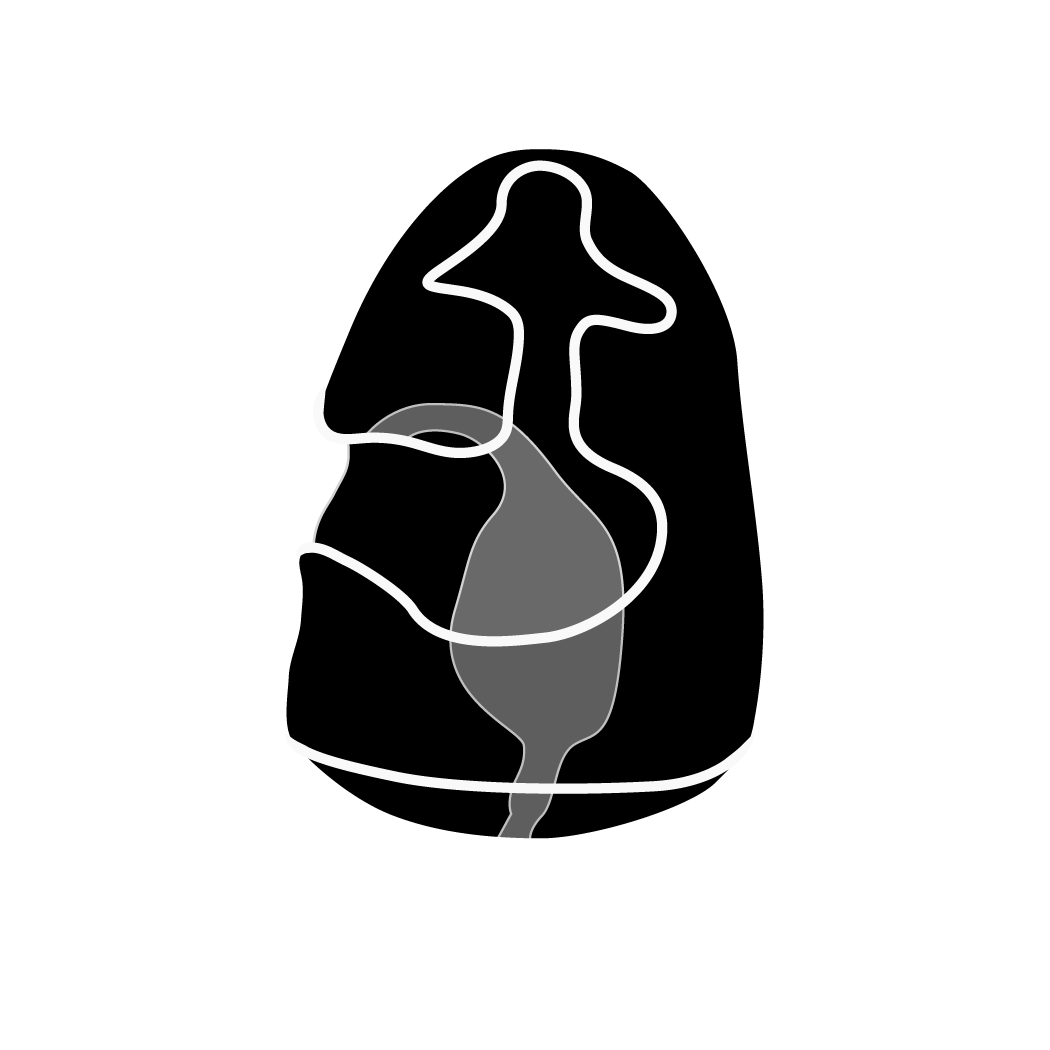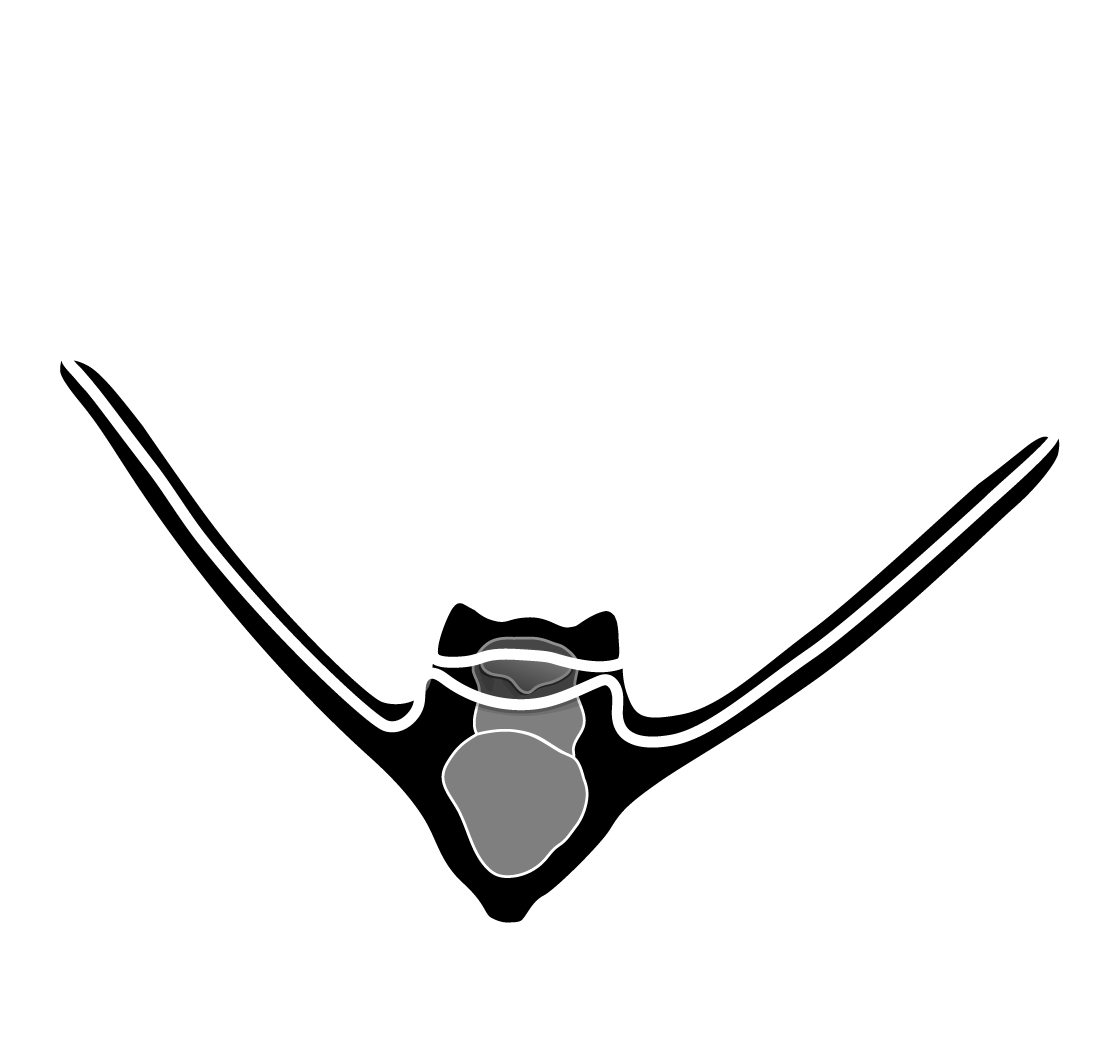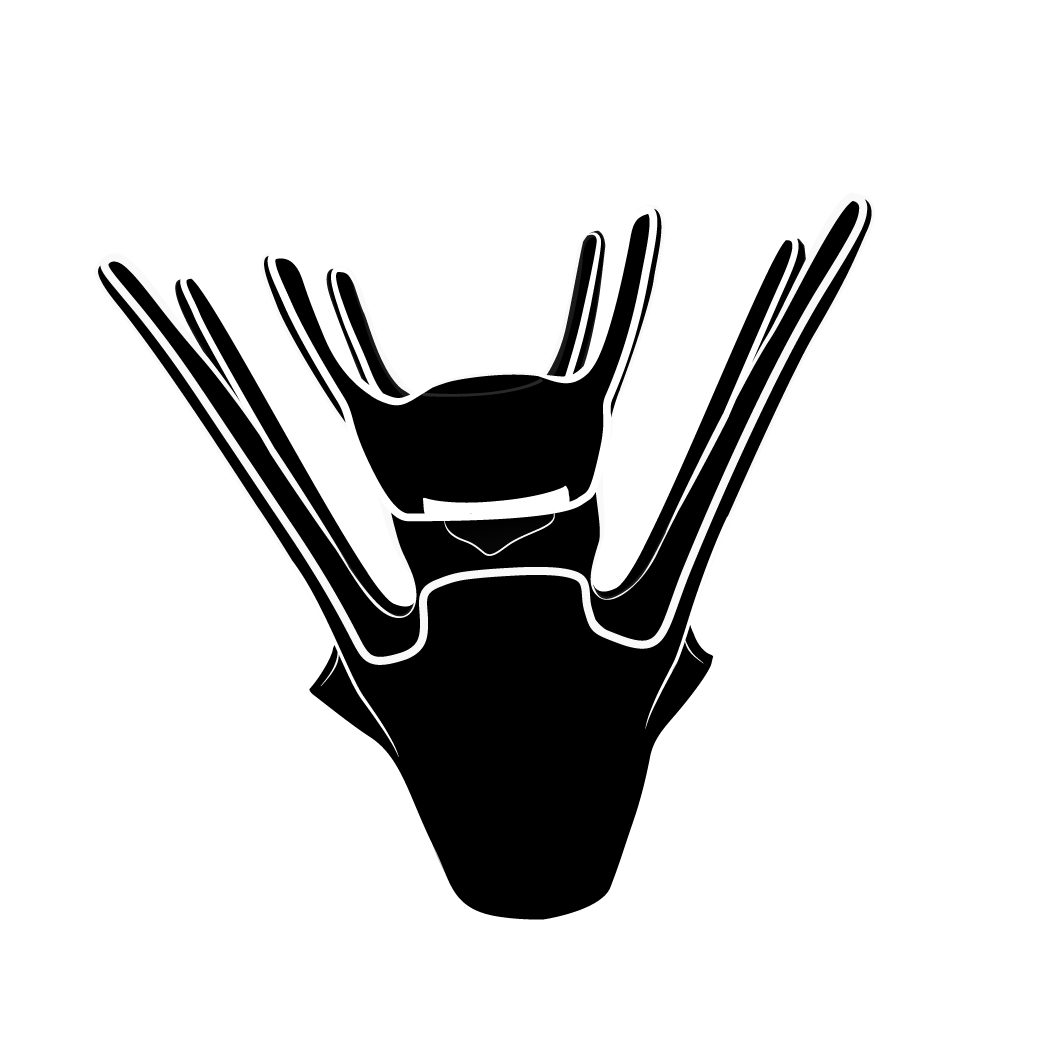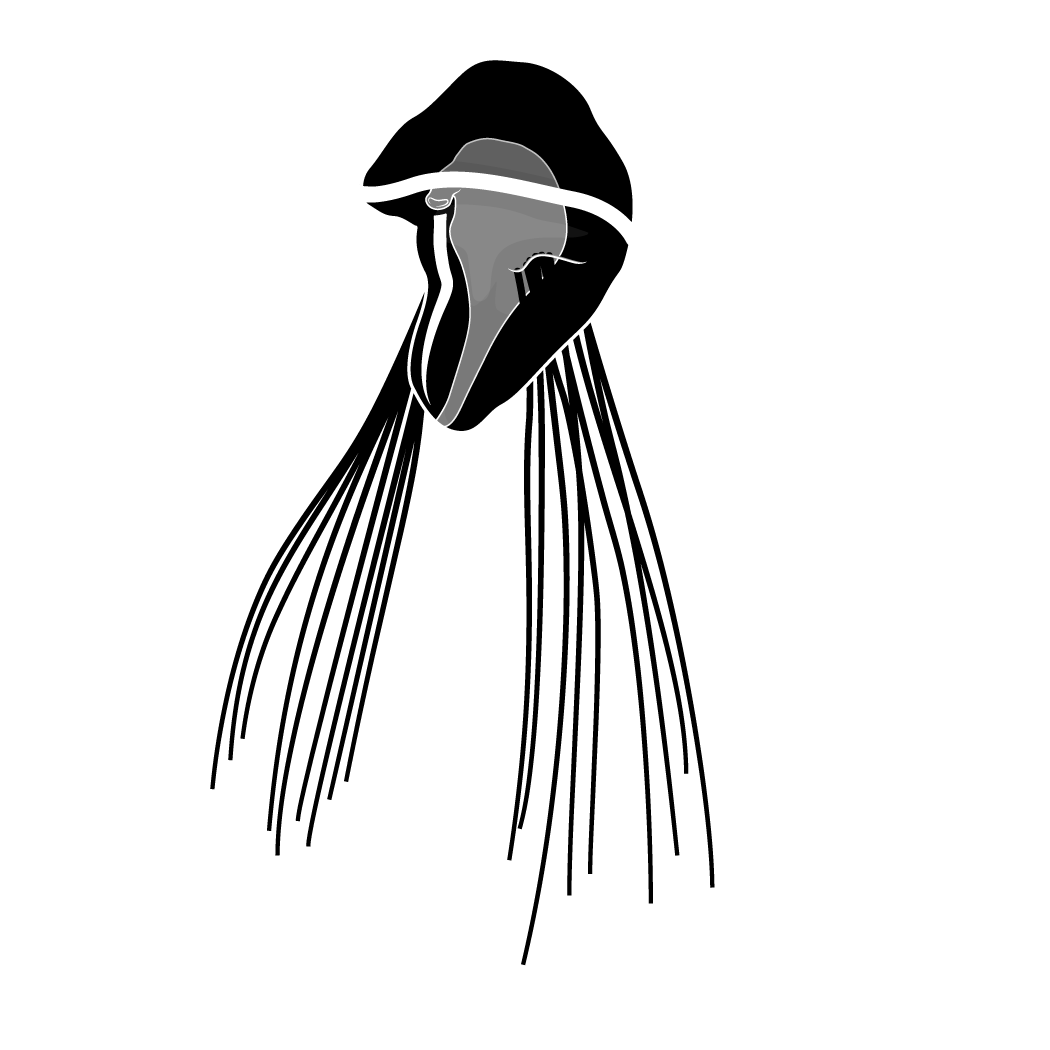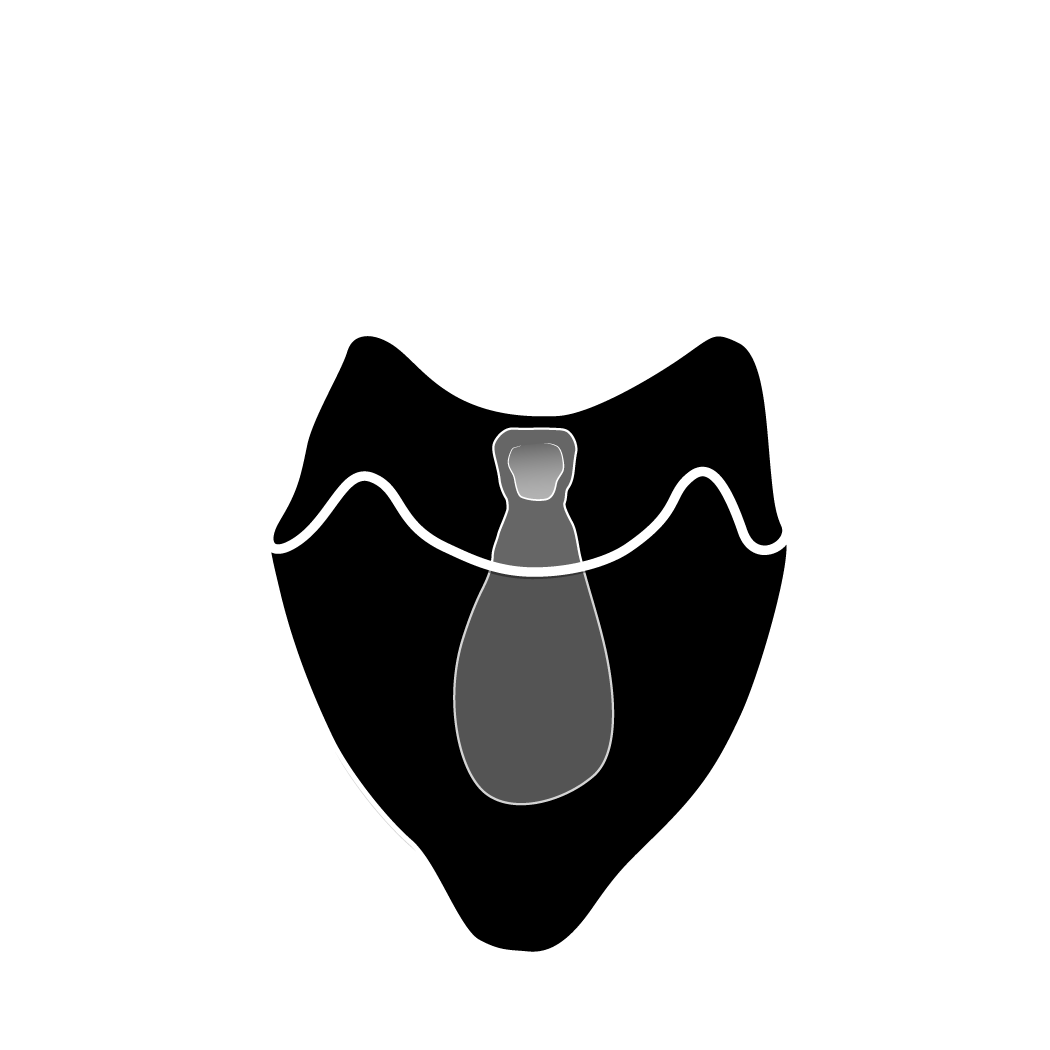Deepak Krishnamurthy
Deepak Krishnamurthy is currently a Schmidt Science Fellow at the University of California, Berkeley, where he studies how cells sense their mechanical environment by developing new biophysical and molecular tools, with an aim to understand cell behaviours in diverse settings from human disease to ocean ecosystems. Deepak completed his PhD at Stanford University during which he worked on understanding the swimming mechanics of the human parasite Schistosoma mansoni and more recently co-invented "Scale-free Vertical Tracking Microscopy", a new microscopy paradigm that allows studying small-scale processes and organismal behaviours as though in an infinite water-column, with applications to ocean science and beyond. He enjoys combining experiments, theory and computation to understand living systems and how they move and respond to their (fluid) environment, with applications in human and planetary health. Deepak is passionate about mentoring and has guided 10 graduate and undergraduate students during his PhD and postdoctoral stints. He is also a semi-professional percussionist and vocalist in the Carnatic music tradition, and an avid aviation and cricket enthusiast.
Entangled Threads: Water is Life
Deepak believes that more emphasis should be put on studying ocean ecosystems that are vital to life on earth, and how we treat this planet is deeply connected to who we are as people. Deepak takes an active part in the conversation about colonialism. He believes in the spirit of acknowledgment in order to move forward.
This artwork is made from jute, a sustainable material widely manufactured in India. Water is crucial in the jute retting process which relies on microbes in the water to separate the fibres from the plant stem. Nicola Green and Deepak hope to use this artwork to raise awareness of water inequality - a product of the colonial plunder of the world’s natural resources, overconsumption and environmental racism. Whilst this is an increasingly global issue, 80% of people living under water stress live in Asia; Deepak was born in West Bengal and raised in Chennai, two areas of India severely affected by water scarcity. Water scarcity presents a significant challenge for jute production, putting the livelihood of 4.85 million Indian farm families, industrial workers and traders at risk.
The jute has been dyed using the traditional bandhani binding method which dates back to Indus Valley civilization. The dye was made from a unique blend of indigo and spirulina blue-green algae. Nicola specifically formulated this dye to reflect Deepak’s interest in marine micro-organisms.
This video shows Volvox, a genus of freshwater green algae, in Deepak’s Gravity Machine
Tapestry: Diatom
This was inspired by an illustration from Ernst Haeckel’s Art Forms of Nature. Nicola has created a bespoke pattern made of diatoms, a group of Photosynthesising micro-organisms which thrive in water. Diatoms are responsible for about twenty percent of the oxygen we breathe and live in almost every body of water on earth.
Click the icons below to see marine invertebrate larvae and single-celled protists behaviours measured for the first-time at multi-scale resolution using Scale-free Vertical Tracking Microscopy (aka Gravity Machine):



